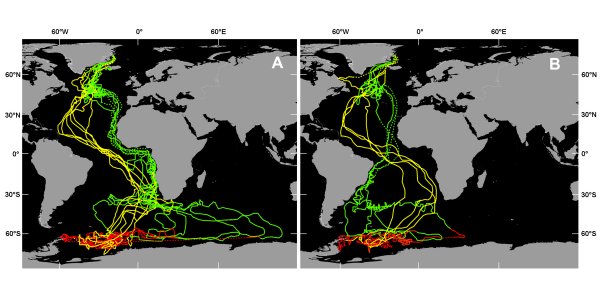|
Our
Beautiful World
|
Arctic Tern, Rødnebbterne, Sterna paradisaea

© http://www.ecosystema.ru/
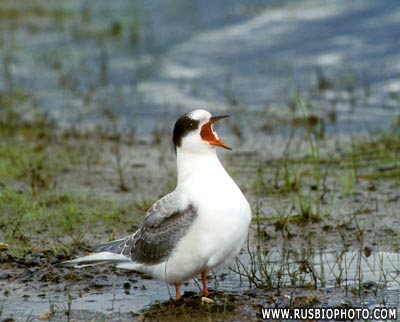
© http://www.ecosystema.ru/ The Arctic Tern performs the longest migration known for a bird. It breeds around the Arctic in Europe, Asia, Alaska, Canada and Greenland and has the most northerly breeding range of any tern. It also breeds round Scotland, Ireland, northern England and on coastal Holland, Germany and into the Baltic. 
Photo: Arthur Grosset These birds migrate south to the Antarctic with birds from the south of the range leaving from late July and returning from early May while more northerly breeders leave up to early October and return up to end June. They breed mainly on coasts and inshore islands while, outside the breeding season they spend most of their time at sea. 
Photo: Arthur Grosset They feed on fish, insects and shellfish. Fish are caught by plunge-diving normally after a hover. They are similar to Common Tern Sterna hirundo but have a shorter bill, shorter legs and a longer tail so that, in flight, the wings look set further forward than on Common Tern. The bill is dark red with no black tip.  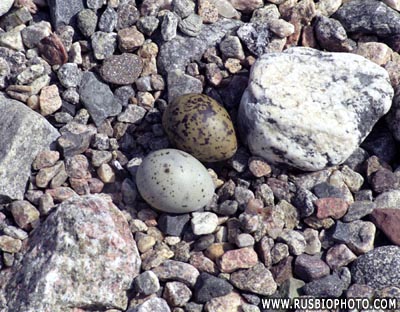 The nest is a shallow hollow on the ground and it is defended vigorously as any visitor to the Farne Islands will know . © http://www.ecosystema.ru/ 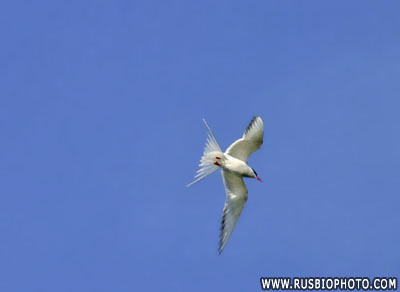
© http://www.ecosystema.ru/ 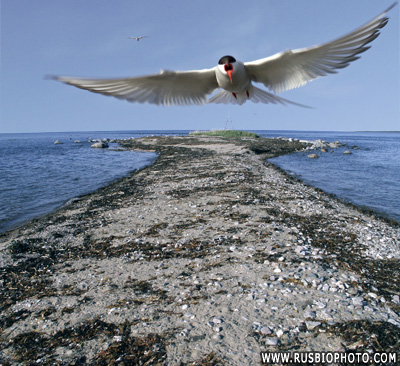 Landing.... © http://www.ecosystema.ru/ 
© http://www.ecosystema.ru/
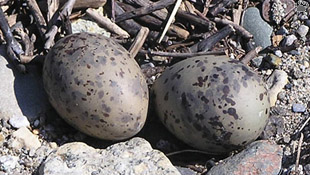 In Kamchatka you have to, in some places, to watch your step to avoid stepping on a nest or chick. Photo: From the homepages of Vladimir Dinets 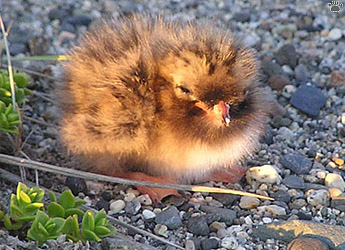 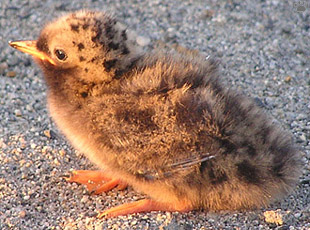 In winter almost all birds leave. Arctic tern fly all the way to Antarctica. Many others winter in SE Asia. But, of course, they have to grow up fast before they leave.
Photo: From the homepages of Vladimir Dinets |
 ANIMALS over 250 |
 BIRDS over 500 |
 FLOWERS over 225 |
